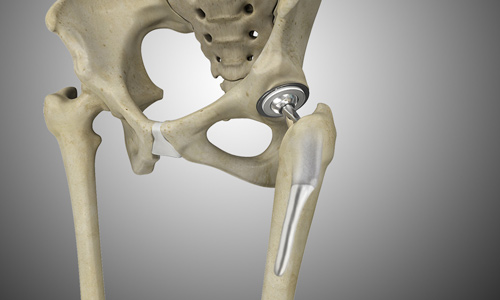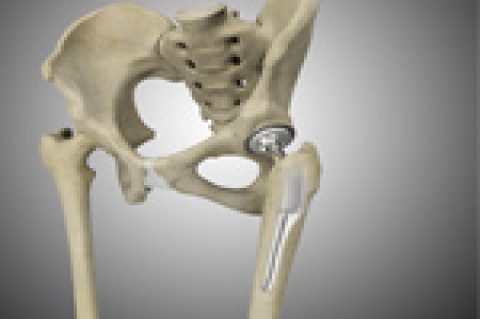
Total joint replacement can restore pain-free movement when less invasive measures have not helped. One of the most common causes of joint pain is osteoarthritis, a degenerative and progressive disease that eventually wears down the protective cushion in your knees, hips, and other joints.
As humans, we are meant to keep moving: Being able to walk and exercise is essential to stay healthy and to help prevent chronic disease. Although there are effective noninvasive treatments for mild to moderate joint disease, severe cases may require surgery. But total joint replacement can do more than just relieve pain; it can help prevent chronic diseases, too.
Common Chronic Diseases
As we age, we are more likely to develop chronic, so-called lifestyle diseases. These are conditions that usually can be prevented by reducing or avoiding behavior-related risk factors. Some of the most common chronic diseases we face today are:
- Hypertension
- Cardiovascular Disease
- Type 2 Diabetes
- Metabolic Syndrome
So how can a total joint replacement help? The key factor is physical activity.
How Physical Activity Helps Keep You Healthy
Among other benefits, keeping active helps you manage weight.
Keeping to a healthy weight for your size lessens your risk for Type 2 diabetes, cardiovascular disease, and metabolic syndrome (a condition in which excess abdominal fat increases the risk of hypertension, high blood sugar, and heart disease).
Keeping physically active also helps keep you engaged and lessens your risk for depression and other mental health issues.
When you feel well, and you are able to keep connected to friends and your community, you are more likely to take your medications as prescribed, maintain a healthy diet, and avoid smoking and excessive alcohol use.
It’s a deceptively simple equation: pain-free movement helps you live a healthy life and enjoy a good quality of life. All these things reduce your likelihood of developing chronic disease.
Joint pain caused by osteoarthritis is the leading cause of disability in the United States today. Left untreated, carrying on your daily routine, exercising, and even walking may become impossible. Increasing isolation is also a problem for some people who have severe joint pain, and isolation can increase your risk for depression and anxiety, too.
What Can I Expect From a Complete Joint Replacement?
During a total joint replacement, the surgeon removes the entire joint and inserts a metal, plastic, or hybrid joint in its place. Minimally invasive surgery has made this surgery a good choice for more patients. It uses specialized instruments and a small camera as a guide; a smaller incision size shortens recovery time after surgery.
New advances include robotic surgery, which extends the eyes and the hands of the surgeon. Three-dimensional imaging can create customized joints, improving outcomes and quality of life. In the hands of an experienced orthopedic surgeon and medical team, you can expect to walk with less, or no pain, and to regain your ability to participate in physical activity.
If you are considering joint replacement surgery, or if you have questions about chronic disease and how joint pain can impact you, call the orthopedic specialists at South Palm Orthopedics at or request an appointment online.

